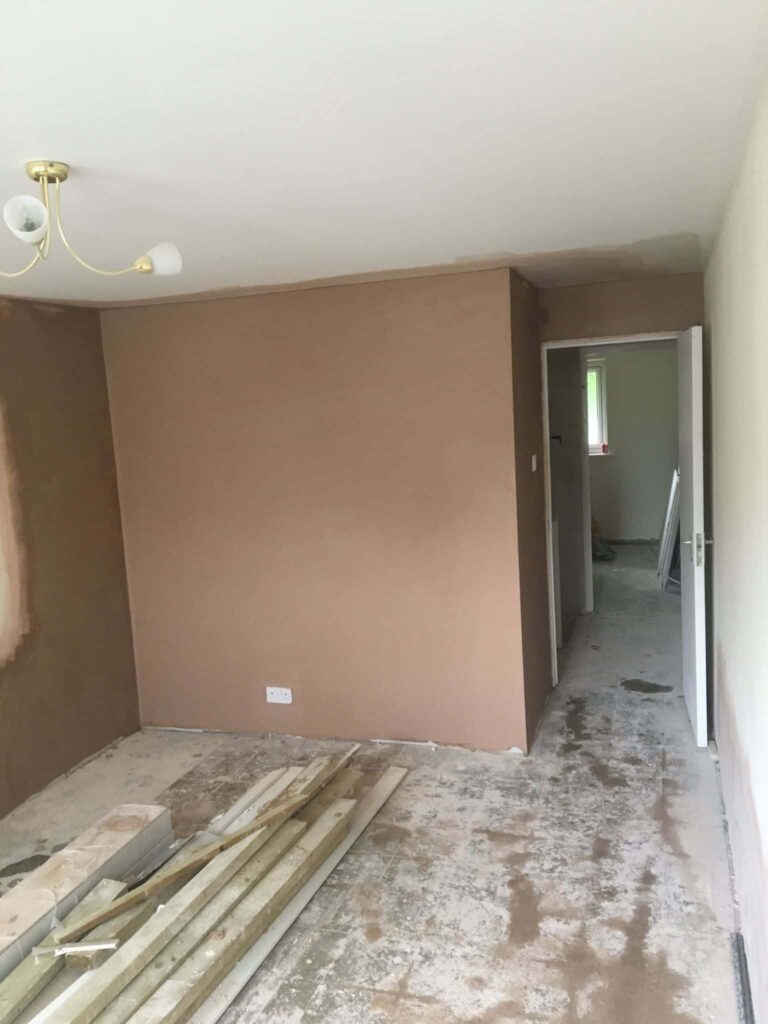Embracing Minimalism and Contemporary Finishes: Modern Trends in Residential Plastering
Introduction: In interior design, plastering plays a crucial role in shaping the aesthetic appeal and ambience of residential spaces. As homeowners seek to create modern and stylish interiors, plastering trends have evolved to reflect contemporary preferences. In this blog post, we’ll explore the modern trends in residential plastering, focusing on the embrace of minimalism and contemporary finishes that enhance homes’ overall look and feel.
- Minimalist Design:
- Minimalism has become a dominant trend in interior design, characterised by clean lines, open spaces, and simplicity. In plastering, this translates to smooth, unadorned surfaces that create a sense of visual tranquillity and spaciousness. Minimalist plastering techniques involve using sleek finishes, such as polished plaster or smooth skim coats, to achieve a refined and understated look.
- Neutral Colour Palettes:
- Contemporary residential spaces often feature neutral colour palettes dominated by white, grey, beige, and taupe shades. In plastering, neutral hues contribute to the minimalist aesthetic by providing a versatile backdrop for modern decor and furnishings. Light-coloured plaster finishes reflect natural light, making rooms feel bright, airy, and inviting.
- Textured Finishes:
- While minimalism emphasises simplicity, texture adds depth and visual interest to plastered walls and ceilings. Textured plaster finishes, such as Venetian or textured stucco, introduce tactile elements that evoke warmth and sophistication. These finishes can be subtly textured for a refined look or more pronounced for added drama and dimension.
- Geometric Patterns:
- Geometric patterns have emerged as a popular design element in modern interiors, offering a contemporary twist on traditional plastering techniques. Decorative plaster moulds or stencils can create geometric patterns on walls and ceilings, adding visual intrigue and architectural interest to residential spaces. From hexagonal tiles to chevron stripes, geometric motifs infuse personality and style into plastered surfaces.
- Seamless Integration:
- In modern homes, architectural elements and design features are seamlessly integrated to create cohesive and harmonious living environments. Plastering is vital in this integration, with seamless transitions between walls, ceilings, and architectural details. Smooth, uninterrupted plaster surfaces contribute to interior spaces’ overall flow and continuity.
- Sustainability and Eco-Friendly Materials:
- As environmental consciousness grows, homeowners increasingly seek sustainable and eco-friendly plastering materials. Low-VOC (volatile organic compound) plaster products from natural ingredients such as lime, clay, or gypsum offer environmentally friendly alternatives to traditional plaster formulations. These eco-conscious choices align with the principles of modern living and sustainable design.
Conclusion: In residential plastering, modern trends shift towards minimalism, contemporary finishes, and a focus on simplicity and sophistication. By embracing clean lines, neutral colour palettes, textured finishes, geometric patterns, seamless integration, and sustainability, homeowners can create stylish and inviting living spaces that reflect their modern sensibilities.
Call us on: 01298 608 485
Click here to find out more about Buxton Plastering
Click here to complete our contact form and see how we can help with your plastering needs.

